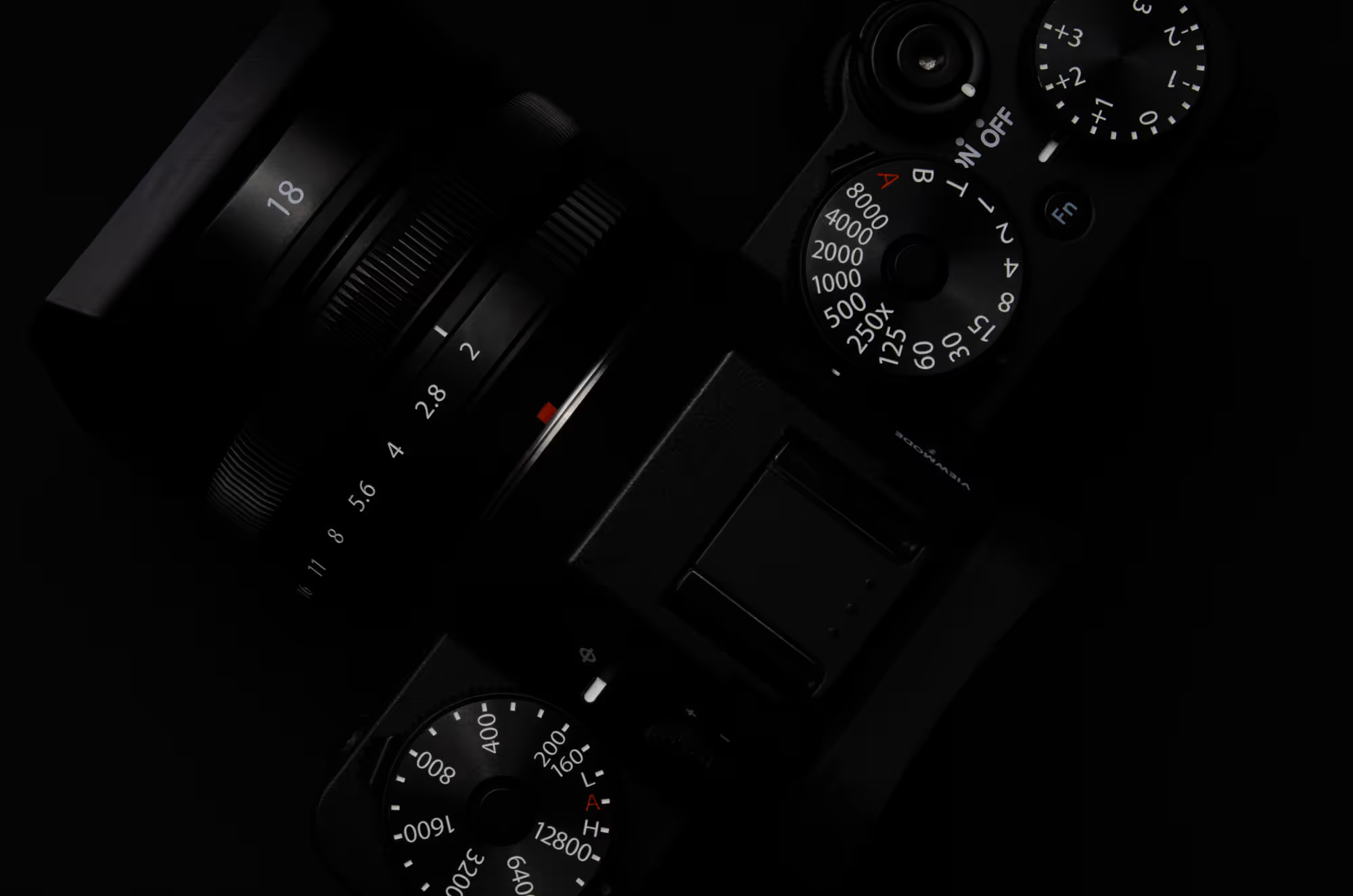There are a million different styles of brand photography, and there’s no right or wrong way. You can use a $50,000 Hasselblad or a $10 toy camera and everything in between. You can shoot with flashes, strobes, sunlight, or your grandma's lamp - if it’s well thought out and it matches the aesthetic you’re going for, it will look great. So we’re not here to talk about style and aesthetic, we’re here to talk about the two kinds of photography you need for your brand:
While sometimes these overlap, both of these categories are important and serve different purposes for your brand.
Product photography sells your product. There are a lot of different styles (not just the classic white background) but all product photography serves the same purpose - clearly showcase the product and its features. This type of photography is for someone to quickly and easily understand the product’s aesthetic, scale, features, drape, fit, etc.
Product photography is there to show the product and make it look good in a simple and concise way. To give a customer confidence in their purchase decision even though they have never seen the product itself.

Lifestyle photography sells your brand. There are even more styles of lifestyle photography, but all serve the same purpose. If product photography sells your product, lifestyle photography sells your brand. Even though lifestyle photography usually (but not always) features a product, it’s there to showcase how the brand (and therefore product) will fit into your lifestyle. Will you wear this jacket while riding a motorcycle? Scaling an alpine ridge? Or just looking good while grabbing a coffee? The lifestyle photography will tell you.

It should also be noted that both of these types of photography are aspirational, elevated versions of real life. You should spend a great deal of time and effort to make your product look as flawless as possible in your product photography (without going overboard and misrepresenting your product). You should also have your lifestyle photography match the true aspirational nature of your product. I would bet 99% of the time Arc’teryx jackets are used for running errands, but of course they don’t feature doing a grocery run in their lifestyle photography.
Tip: Usually product photography is done in the studio and lifestyle photography is done on location.
Both of these styles of photography are essential for a strong brand. So when planning out your product releases, photo shoots, etc. make sure you plan and capture both styles. Here are a couple questions to help when planning out your product release and photo shoots:
Product Photography:
Lifestyle Photography:

If you’re interested in learning more about photography for your small brand check out our Small Brand Photography Course - where we teach you how to get incredible product and lifestyle photography with inexpensive equipment.
